National
Disparity in LPG Prices: Commercial Cuts vs. Domestic Stagnation Amid Rising Inflation
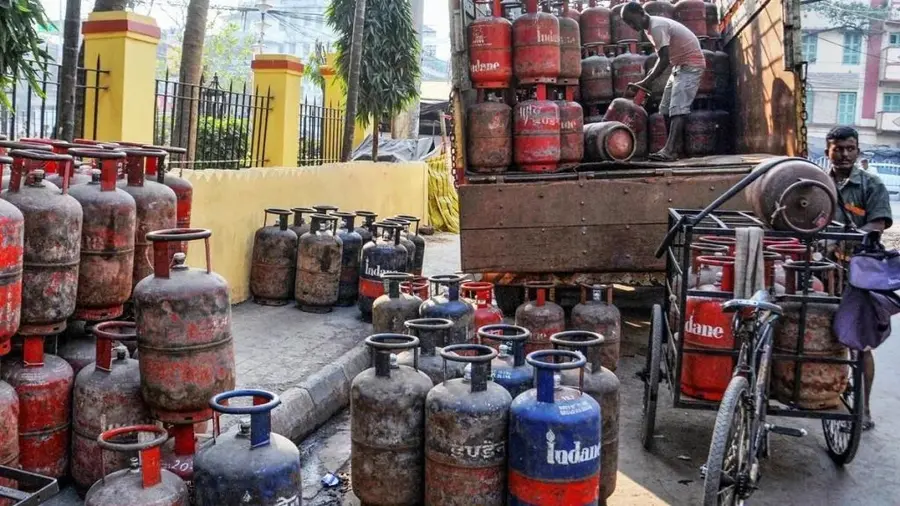
(Image courtesy: Google)

Web desk
Published on Jul 01, 2025, 01:44 PM | 4 min read
New Delhi: The price of commercial LPG cylinders in India has seen a reduction. In Kerala, the price has dropped by Rs. 57.5, while Delhi has seen a slightly higher cut of Rs. 58.5. This marks the fourth consecutive month of price reductions for commercial cylinders. In contrast, the price of domestic LPG cylinders has remained unchanged, continuing a trend that has raised concerns among household consumers, especially amid the growing cost of living.
Since April 2025, commercial LPG prices have been consistently lowered. That month witnessed a cut of Rs. 43, followed by Rs. 15 in May, Rs. 25 in June, and now, another sharp decrease at the start of July. This sustained decline aligns with international crude oil prices, which have recently fallen to their lowest point in three weeks, returning to pre-Israel-Iran conflict levels. The correlation between global crude oil prices and India’s LPG pricing system — which adjusts based on import parity and international benchmarks — has been clearly reflected in the commercial segment. However, this logic appears selectively applied, as domestic LPG prices remain insulated from such global fluctuations.
Despite the evident fall in global crude prices, the cost of LPG for domestic use has not been reduced. In fact, the most recent change in this segment came in April this year, when the price was hiked by Rs. 50 per cylinder. This move effectively reversed the Rs. 100 cut announced in March 2024, which had been framed as a Women’s Day gesture by Prime Minister Narendra Modi, coinciding with the election season. Opposition parties argue that the government’s LPG pricing strategy is increasingly influenced by political calculations, offering temporary relief during elections only to be rolled back afterwards.
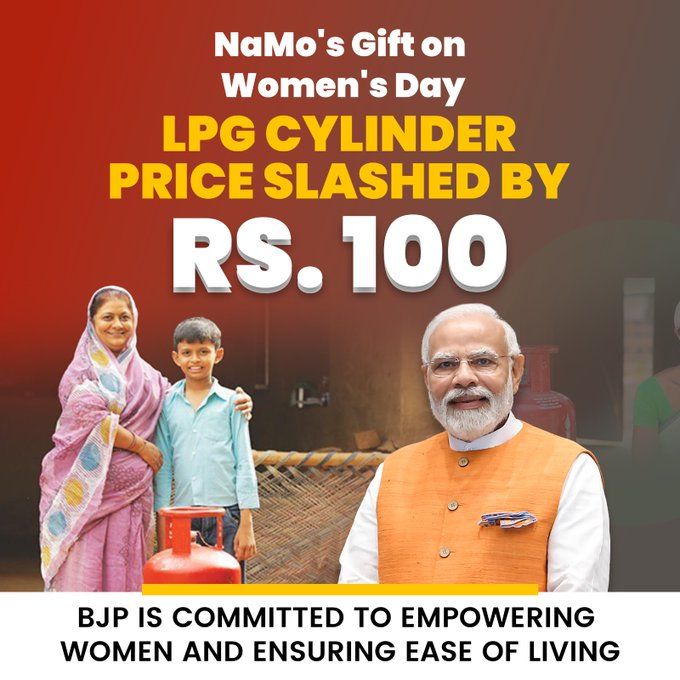
(Image courtesy: BJP India)
Currently, the vast majority of LPG consumption in India — approximately 90% — is for household use. In comparison, only 10 to 20% is used commercially. Nevertheless, the pricing benefits resulting from global oil price reductions are largely directed toward the commercial sector, leaving household consumers to bear higher costs. Compounding the issue is the lack of subsidies. While the Direct Benefit Transfer (DBT) mechanism once allowed many households to receive some financial relief, this support has been quietly phased out for most middle-class and urban users. For many, especially in lower-income brackets, the regular purchase of domestic LPG cylinders has become increasingly difficult.
Another major concern is the apparent stagnation of the Pradhan Mantri Ujjwala Yojana. Once hailed as a transformative initiative aimed at providing free or subsidised LPG connections to poor families, the scheme has slowed significantly. The rising cost of cylinder refills and the absence of consistent subsidies have led many rural households to revert to traditional cooking fuels such as firewood and cow dung, reversing some of the health and environmental benefits that the Ujjwala scheme once promised.
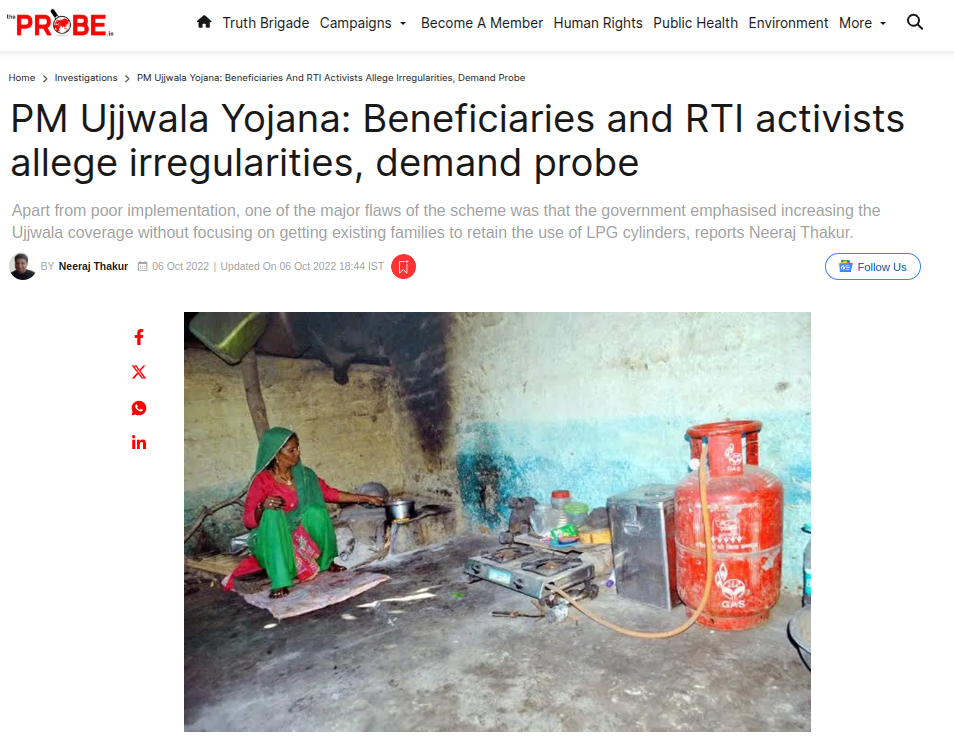
LPG prices in India are officially revised every day based on global benchmarks, foreign exchange rates, and shipping costs. However, consumer-facing rates, especially for domestic cylinders, are usually updated at the beginning of each month and enforced from 6:00 a.m. onwards. Oil Marketing Companies (OMCs) such as Indian Oil, Bharat Petroleum, and Hindustan Petroleum are responsible for implementing these price revisions. Yet, the opaque nature of how global price trends translate into domestic adjustments — particularly the selective benefit to commercial users — has drawn criticism for lacking transparency and fairness.
The disparity in price adjustments between domestic and commercial users has not gone unnoticed. With inflation still weighing heavily on household budgets, especially in urban and semi-urban areas, many citizens are questioning the government’s fuel pricing priorities. Economic analysts suggest that maintaining high domestic LPG prices may be a deliberate fiscal strategy to manage government revenue and oil company margins, particularly in a year where subsidies have been trimmed and inflation control remains a key concern.




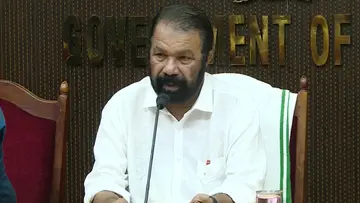

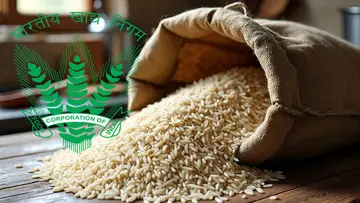



0 comments